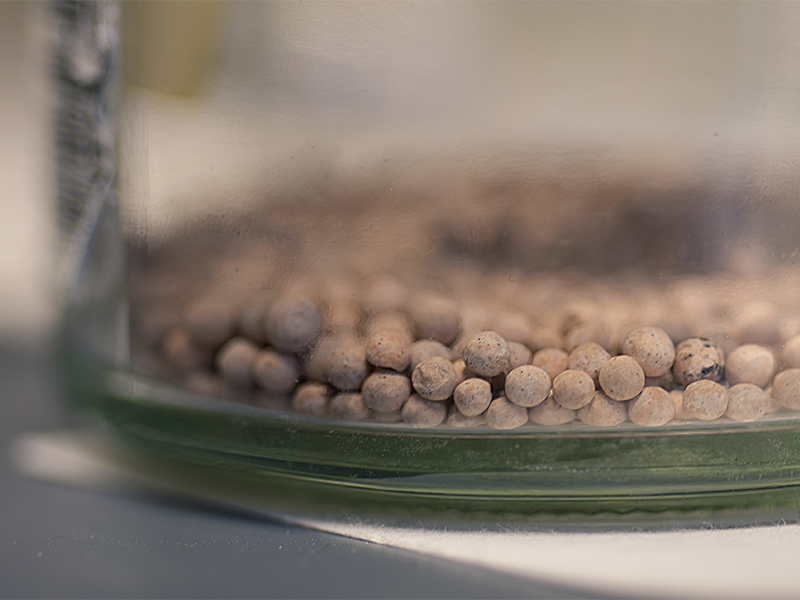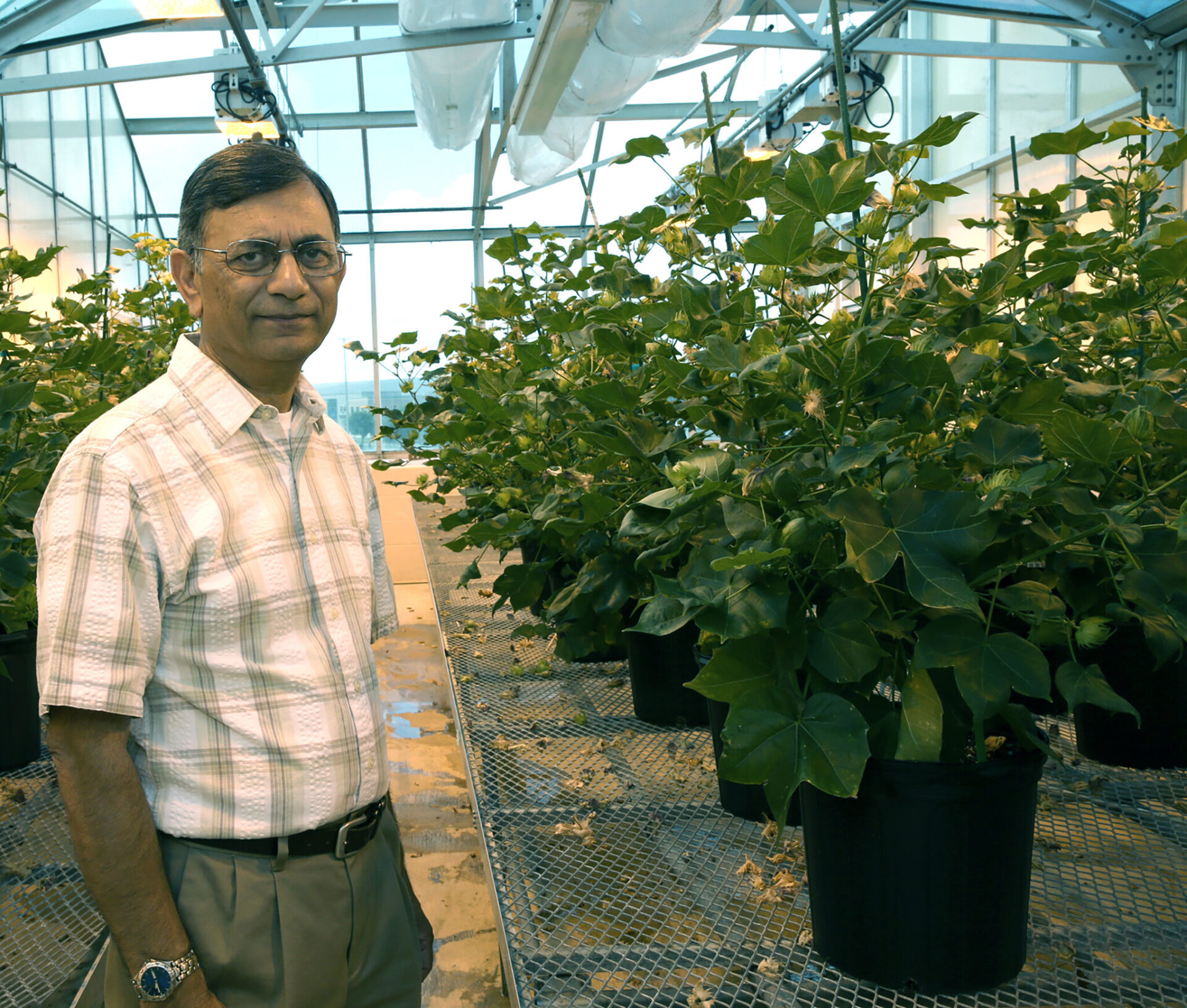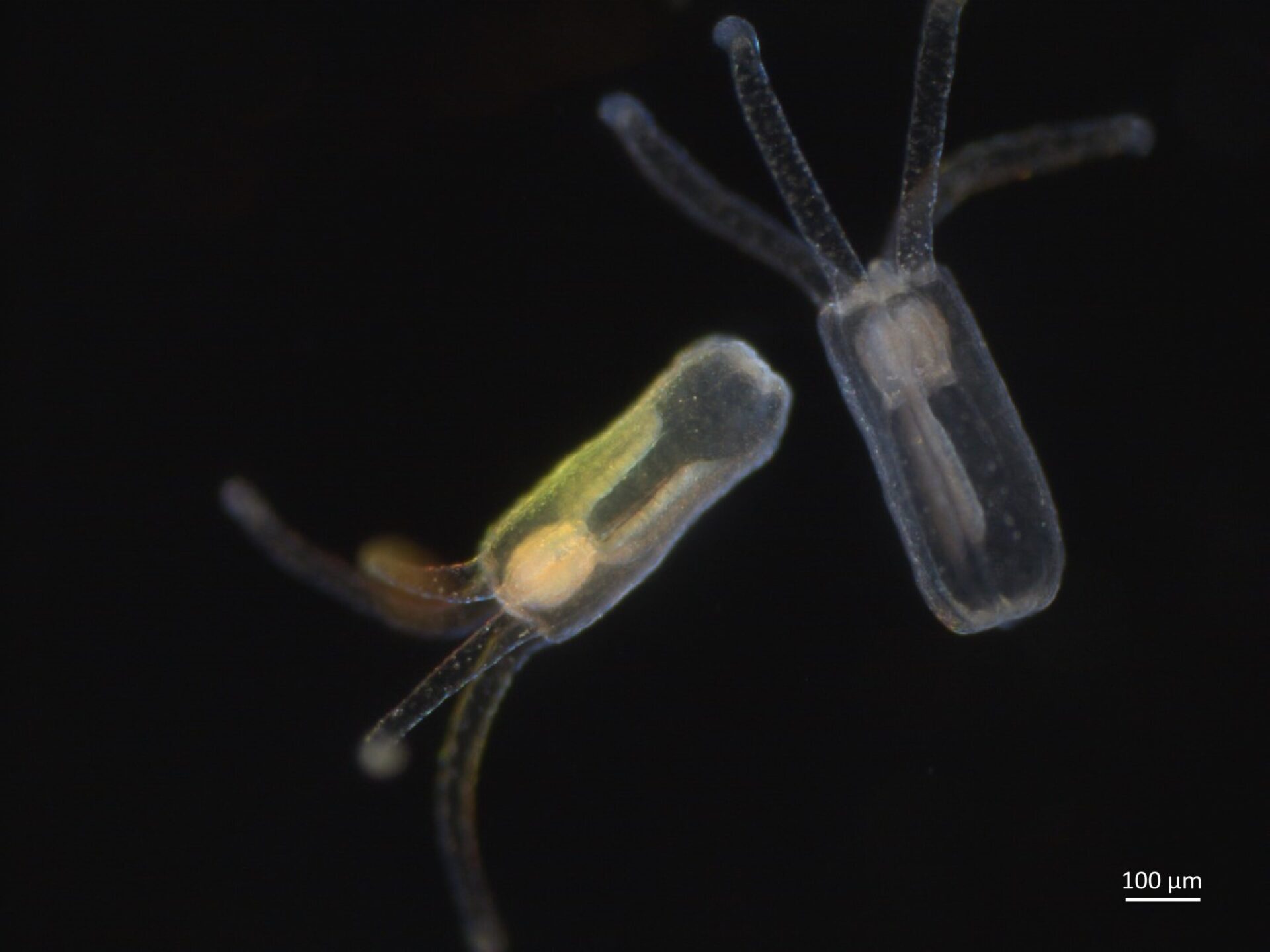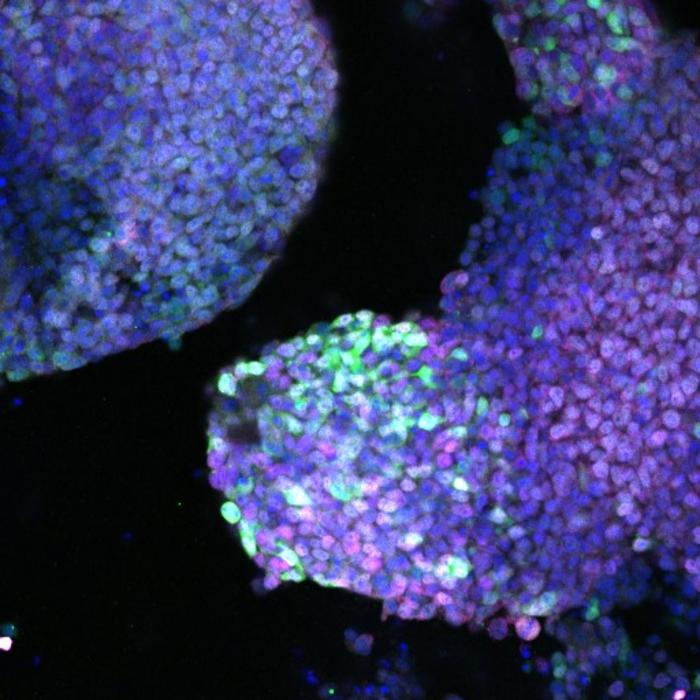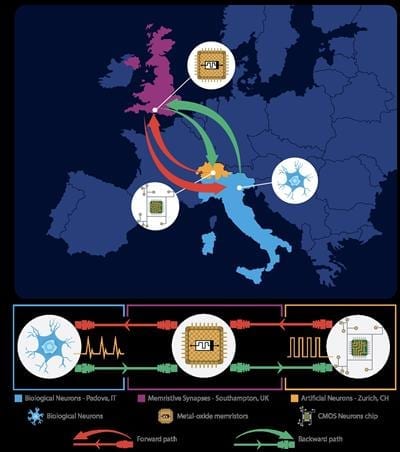
via University of Southampton
Research on novel nanoelectronics devices led by the University of Southampton has enabled brain neurons and artificial neurons to communicate with each other. This study has for the first time shown how three key emerging technologies can work together: brain-computer interfaces, artificial neural networks and advanced memory technologies (also known as memristors). The discovery opens the door to further significant developments in neural and artificial intelligence research.
Brain functions are made possible by circuits of spiking neurons, connected together by microscopic, but highly complex links called ‘synapses’. In this new study, published in the scientific journal Nature Scientific Reports, the scientists created a hybrid neural network where biological and artificial neurons in different parts of the world were able to communicate with each other over the internet through a hub of artificial synapses made using cutting-edge nanotechnology. This is the first time the three components have come together in a unified network.
During the study, researchers based at the University of Padova in Italy cultivated rat neurons in their laboratory, whilst partners from the University of Zurich and ETH Zurich created artificial neurons on Silicon microchips. The virtual laboratory was brought together via an elaborate setup controlling nanoelectronic synapses developed at the University of Southampton. These synaptic devices are known as memristors.
The Southampton based researchers captured spiking events being sent over the internet from the biological neurons in Italy and then distributed them to the memristive synapses. Responses were then sent onward to the artificial neurons in Zurich also in the form of spiking activity. The process simultaneously works in reverse too; from Zurich to Padova. Thus, artificial and biological neurons were able to communicate bidirectionally and in real time.
Themis Prodromakis, Professor of Nanotechnology and Director of the Centre for Electronics Frontiers at the University of Southampton said “One of the biggest challenges in conducting research of this kind and at this level has been integrating such distinct cutting edge technologies and specialist expertise that are not typically found under one roof. By creating a virtual lab we have been able to achieve this.”
The researchers now anticipate that their approach will ignite interest from a range of scientific disciplines and accelerate the pace of innovation and scientific advancement in the field of neural interfaces research. In particular, the ability to seamlessly connect disparate technologies across the globe is a step towards the democratisation of these technologies, removing a significant barrier to collaboration.
Professor Prodromakis added “We are very excited with this new development. On one side it sets the basis for a novel scenario that was never encountered during natural evolution, where biological and artificial neurons are linked together and communicate across global networks; laying the foundations for the Internet of Neuro-electronics. On the other hand, it brings new prospects to neuroprosthetic technologies, paving the way towards research into replacing dysfunctional parts of the brain with AI chips.”
The Latest Updates from Bing News & Google News
Go deeper with Bing News on:
Neuroprosthetic technologies
- Blue Arbor Technologies gets US FDA breakthrough device designation and TAP enrollment for its RESTORE system
Grass Lake, Michigan Friday, April 26, 2024, 11:00 Hrs [IST] ...
- Blue Arbor Technologies Receives FDA Breakthrough Device Designation and TAP Enrollment for the RESTORE™ Neuromuscular Interface System
FDA grants Breakthrough Device Designation to Blue Arbor RESTORE System designed to enable naturalistic function for those with upper limb prosthetics ...
- Optogenetics Illuminates Cerebellum's Role in Neuroprosthetics
The field of neuroprosthetics, which enables the brain to operate external devices like robotic limbs, is starting to gain traction as a potential treatment option for individuals who are ...
- Montgomery County Hosts Second Chance Resource Fair for Returning Citizens
Lori Schreiber, Montgomery County Clerk of Courts, is spearheading the Second Chance Resource Fair, a pivotal event designed to support individuals reentering society after incarceration. Scheduled ...
- Boosting the brain's control of prosthetic devices by tapping the cerebellum
Neuroprosthetics, a technology that allows the brain to control external devices such as robotic limbs, is beginning to emerge as a viable option for patients disabled by amputation or neurological ...
Go deeper with Google Headlines on:
Neuroprosthetic technologies
[google_news title=”” keyword=”neuroprosthetic technologies” num_posts=”5″ blurb_length=”0″ show_thumb=”left”]
Go deeper with Bing News on:
Internet of Neuro-electronics
- ClearBridge All Cap Growth Strategy Q1 2024 Commentary
The ClearBridge All Cap Growth Strategy underperformed its benchmark in the first quarter of 2024. Click here to read the full fund letter.
- Tiny Robotic Nerve “Cuffs” Could Transform How We Treat Neurological Conditions
Cambridge researchers have created flexible, minimally invasive devices that can wrap around nerves, offering new ways to treat neurological conditions and control prosthetics. Researchers have ...
- EDA Looks Beyond Chips
System design, large-scale simulations, and AI/ML could open multi-trillion-dollar markets for tools, methodologies, and services.
- OUR VIEW: Thumbs up! Thumbs down!
Our editorial board weighs in on the best and worst news from the past week. Up next: legislative fixes and misses, Bloomington's new city manager and Innovafeed in Decatur.
- Europe Digital Health Market Trends Analysis Report 2024-2030: Shortage of Medical Professionals and Increasing Demand for Healthcare Fueling Growth
The "Europe Digital Health Market Size, Share & Trends Analysis Report by Technology (Tele-healthcare, mHealth), Component (Software, Hardware), Application, End-use, Country, and Segment Forecasts, ...
Go deeper with Google Headlines on:
Internet of Neuro-electronics
[google_news title=”” keyword=”Internet of Neuro-electronics” num_posts=”5″ blurb_length=”0″ show_thumb=”left”]

